Post written by Wildlife Programs Director, Nick Marx.
I have an unusual story to tell you. Unusual because Southeast Asia is an area of the world in which governments and local people seem to have precious little interest in conserving their remaining wildlife, but there is sometimes heartening news.
I have been working with Wildlife Alliance in Cambodia for nearly 18 years. Me and my staff are well known in Cambodia and we are usually the guys people get in touch with when there is an animal problem. My head keeper at PTWRC, Try Sitheng, loves wildlife and he has made it his job to be the spokesperson on behalf of wild animals amongst his fellow countrymen. He is smart, understands Facebook and uses this to keep in touch.
Last year, Sitheng told me that he saw on Facebook that there was a population of banteng in Kampong Speu, not too far from Phnom Penh. This came as a huge surprise to me! We know that there are small numbers of these beautiful wild cattle left in the dry dipterocarp forest in the north and north east of Cambodia, but I had no idea there were any so far south. Sitheng said that a small local community in the area was desperately trying to ensure the survival of the remaining animals, patrolling the forest to remove snares and doing their best to put a stop to hunting. These men are extremely poor, they have no money or equipment, but despite these disadvantages they have made it their mission to save these banteng.
The first time I became involved here was following information we received that a bull banteng had been snared and, as often happens, he had broken the securing chord but the noose was still tight around his leg. I travelled to the tiny patch of forest in Phnom Chongreak to meet with the members of the Brambiemoum Commune in Thporng District in the province of Kampong Speu. I went with Sitheng and my vet, Oung Chenda, to try to capture the animal. Banteng may look like cows but they move more like antelope. They are wild and extremely nervous, particularly if they are being hunted. We tracked the injured animal with commune members but could not find him and after several days we had to return to our ‘day jobs,’ unsuccessful in our efforts.
Sitheng and Chenda returned to Phnom Chongreak a few weeks later to try once again to capture the injured banteng. The commune members are always hospitable – often the way with people who possess very little- and we stay overnight with them if we need to. I had other, more mundane duties to attend to in Phnom Penh, but in the first night of their visit I received a phone call around 9pm from Sitheng. He told me there was a lot of gunfire coming from the forest. A-Ks and what sounded like hunting rifles. Commune members went out to apprehend the hunters, but they were fired on and fled. The Wildlife Rapid Rescue Team (WRRT) was unavailable, far away in another part of the country. However, we have a forest patrol station in Chambok, Kirirom National Park, about two hours away. I called Eddy, who is in charge of our forest protection operations in the south west, and he told his team in Chambok to get to Phnom Chongreak as fast as they could. The team arrived in time to see a large bull banteng being dismembered and loaded on to the back of a pick-up. All but one of the hunters fled into the night. The man that stayed behind, a military police and close relative of the chief of the Royale Gendarmerie, perhaps he felt he was untouchable. He was apprehended and is now in prison. As far as I know there have been no further similar incidents in this patch of forest. However, the problem of snares continues.
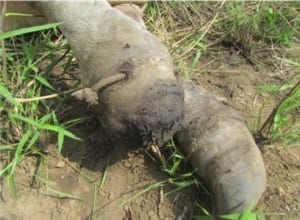
A couple of weeks after the hunting incident we received more information that the snared banteng was now very weak and could not be approached more easily – this is what usually happens with wild animals. They fight the injury with all their courage and when at last it is possible to close one knows the end is near. Sitheng and Chenda departed immediately and managed to sedate the snared banteng. Sadly, he did not have the strength to survive the anesthetic. His leg was so damaged and infected and the snare had grown into the hoof. It was incredible he had survived for so long.
Following these two incidents, Wildlife Alliance became more heavily involved. We have a great deal of work and we are extremely stretched both financially and from the time perspective, but we help where we can. I give what I can t support the commune, I have built a small pool in the forest, which is extremely dry and we have purchased equipment to help with the protection of these banteng. Our patrol team in Chambok and the WRRT visit when they can to help with law enforcement and patrols. Not enough, but perhaps every little bit helps. The commune members patrol in their own time and at their own expense, but they are poor and cannot afford to do this, nonetheless they refuse to give up on their banteng. I am told that so far, they have received no support of any time from the Forestry Administration (FA), the government Ministry whose responsibility officially this is, although FA posted an erroneous newspaper report that they built a pool that I funded. Sitheng tells me the wives of the community patrol teams are fed up. They do not see their husbands much and begrudge the expenditures their men spend on patrols.
These events took place during 2018 and early 2019. However, we received more recent reports of another banteng that had been snared, this time a female. In March 2019 Sitheng, Chenda and I once again travelled to Phnom Chongreak to attempt to capture her/ Once she was sufficiently weak to allow approach, Chenda sedated her. Her leg was hugely swollen and she had lost the hoof. Once again, her injuries were critical and she was too weak to survive the journey to Phmom Tamao Wildlife Rescue Centre, where she could have received treatment and care.
Sitheng told me that it would help greatly of we could give each member of the 16-man patrol team just $50 per month, and now I provide this. Uniforms, boots and equipment, such as radio transmitters, hammocks, and cooking utensils would give much needed practical support and would raise moral – the commune teams would realize that they are not alone in their fight for banteng.
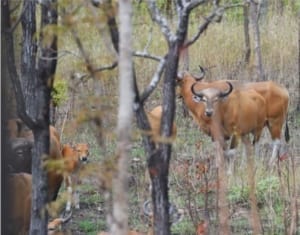
I am English and on the odd occasion I return home and one can be forgiven for thinking that things are not so bad in the world. The British countryside is beautiful, managed, evergreen and orderly, without the suffocating rubbish strewn everywhere, as it is in south Cambodia. Populations of some species have rebounded – the sight of buzzards and red kites, previously so rare are now commonplace and I hear there are now otters in every county of the UK. In developing countries this is not the case. There are other more pressing, though not necessarily more worthy needs, and wildlife is losing ground. We must do whatever we can, wherever we can if we are to conserve what remains. The banteng is elusive and perhaps the world’s most attractive wild ‘cow,’ although the gaur would fight for this title. This could be because the gaur is always ready for a fight! The animals in Kampong Speu are still alive and I believe uninjured thanks to the selfless dedication of a small band of villagers, who do not have the means, nor the authority to protect them, nonetheless they are determined that “their” banteng will survive.

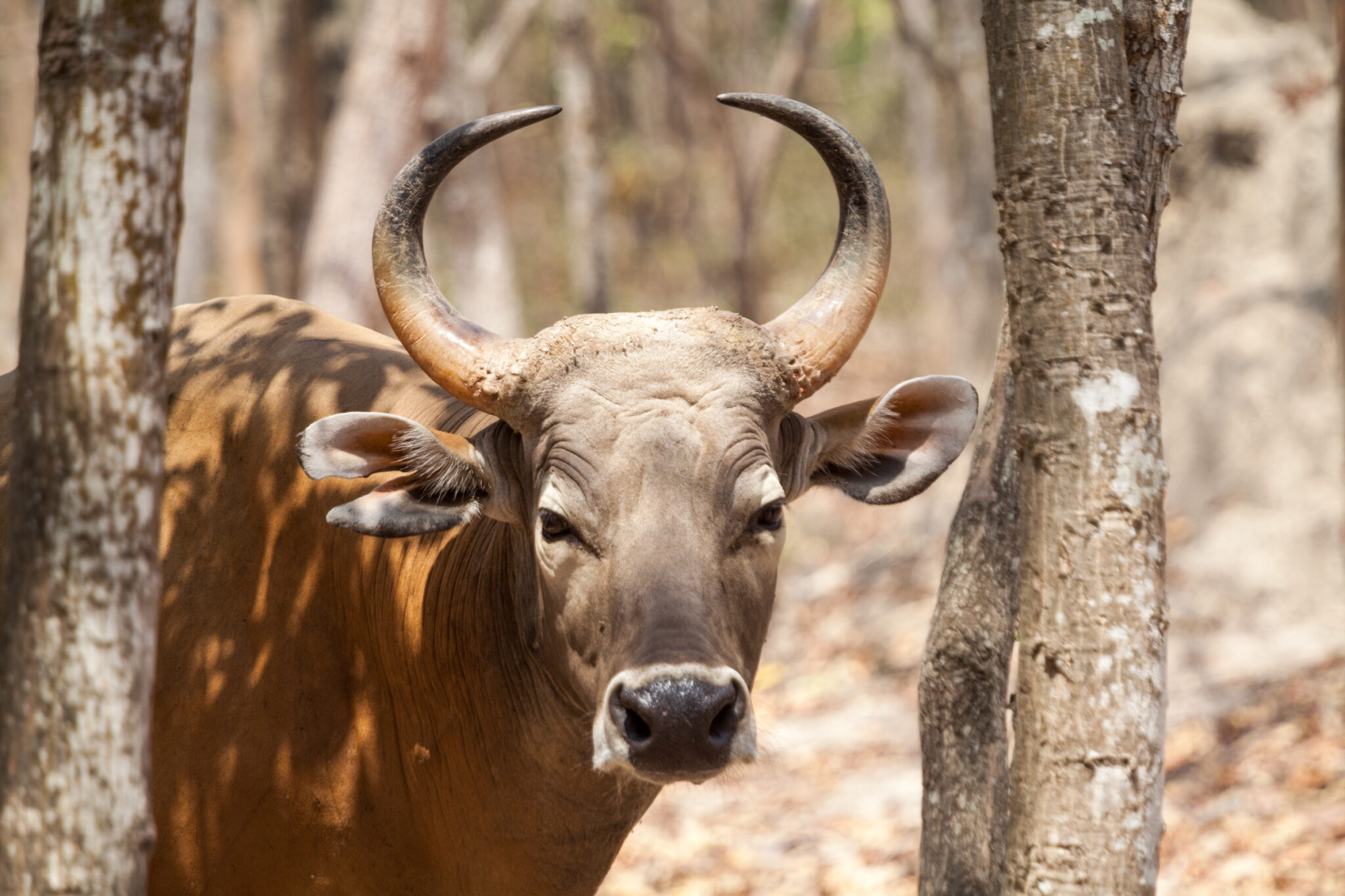

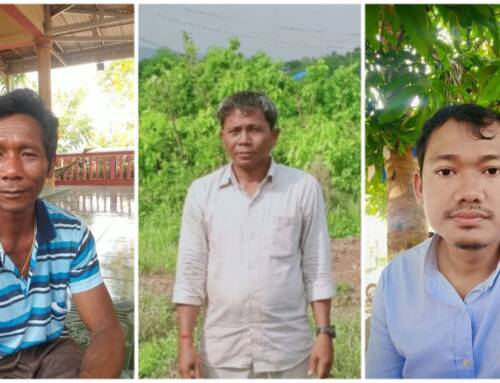
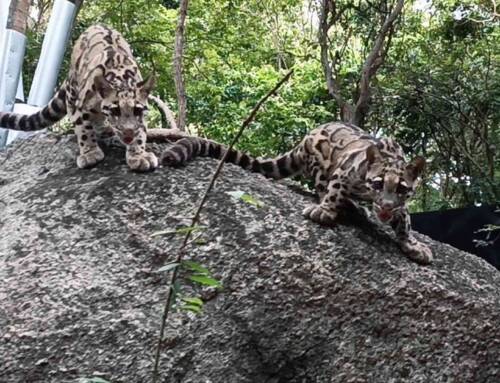
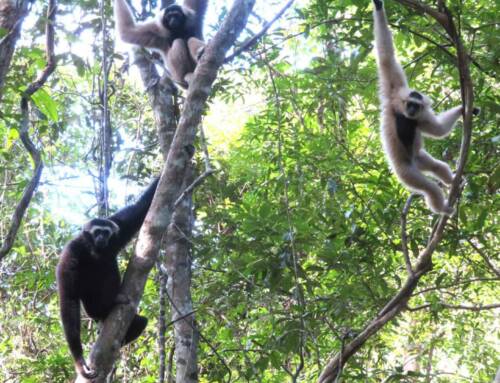
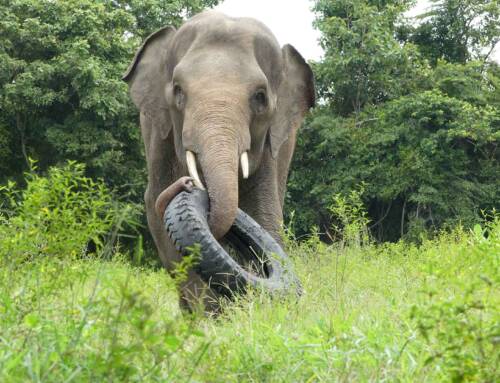
Great article Nick and I see your point. I hope that agency will see your point and step up and do what’s right. It must be a little heartwarming to know some local people care. Not many it seems though. People don’t raise their children to care about wildlife or forests and they need to